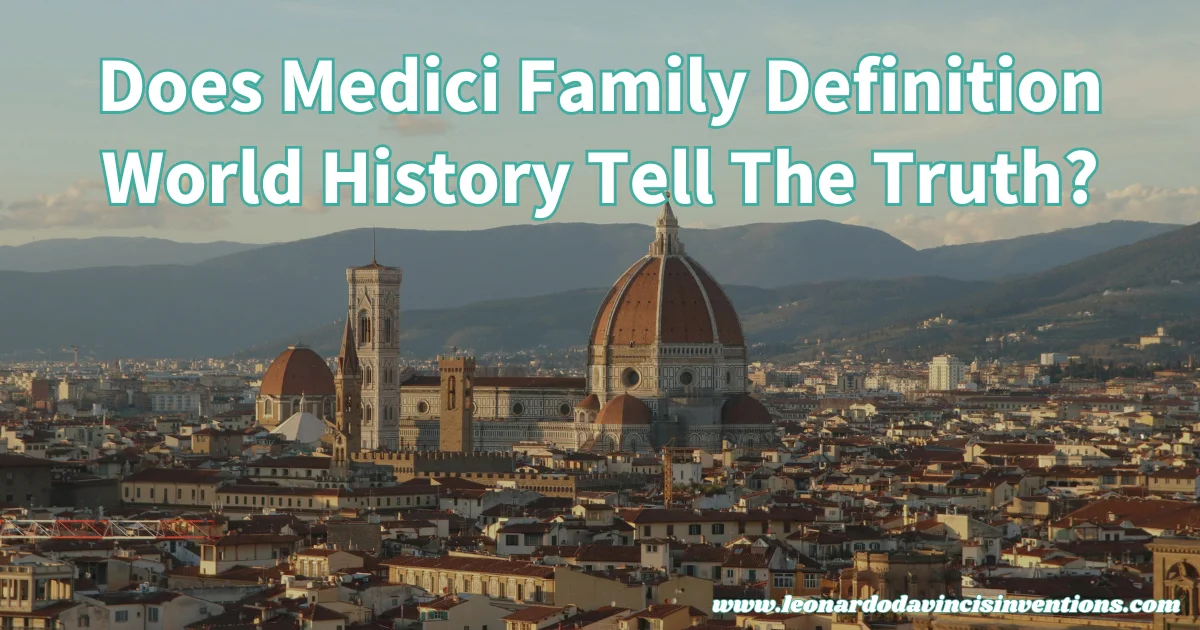
Medici family definition in world history can be confusing, especially if you feel unsure about what you’ve learned.
You may wonder if the standard definition tells the real story or scratches the surface. This article aims to clarify the confusion and provide facts supported by historical research.
The Medici family was an Italian banking dynasty and a political powerhouse that ruled Florence for centuries, profoundly impacting both the city and Europe.
Their influence extended to wealth and politics and to support for artists and thinkers during the Renaissance. To see how this powerful family shaped history, take a closer look at their legacy, leadership, and lasting impact on Florence and Tuscany.
Medici Family Definition World History, and Their Rise to Power
Medici family definition in world history centers on their transformation from merchants to rulers and how their banking empire gave them lasting influence.
Their story highlights Florence’s shift from a republic to a political dynasty with deep roots in European society.
From Merchants to Rulers of Florence and Tuscany
The Medici family began as merchants in Florence, Italy, during the late Middle Ages.
Through smart trading and business deals, they steadily increased their wealth.
By the 15th century, the Medici became powerful enough to influence public affairs and eventually took over as rulers of Florence.
Cosimo de’ Medici became the unofficial leader in 1434, marking the beginning of the family’s path to ruling both Florence and, later, Tuscany.
The Medici Bank and Economic Power in Renaissance Italy
The Medici Bank played a key role in the family’s rise to power.
It was one of the largest and most respected banks in Europe during the Renaissance. They managed the finances of the Catholic Church, European royals, and wealthy merchants.
With this banking success, the Medici gained not just wealth but also influence in international trade and politics.
The Medici’s economic strength allowed them to support art, science, and architecture in Florence, cementing their reputation as key patrons of the Renaissance.
Political Dynasty and Control Over Florentine Government
As their fortune grew, the Medici family became a true political dynasty.
They held absolute control over the Florentine government, even when the city remained a republic. Key family members held high offices and used their positions to expand their family’s power.
Their rule faced opposition, but their strong alliances and wealth helped them survive.
Over time, several members of the Medici family became dukes and even popes, further expanding their legacy and influence in world history.
Medici Family: Definition, Role in World History, and Cultural Influence
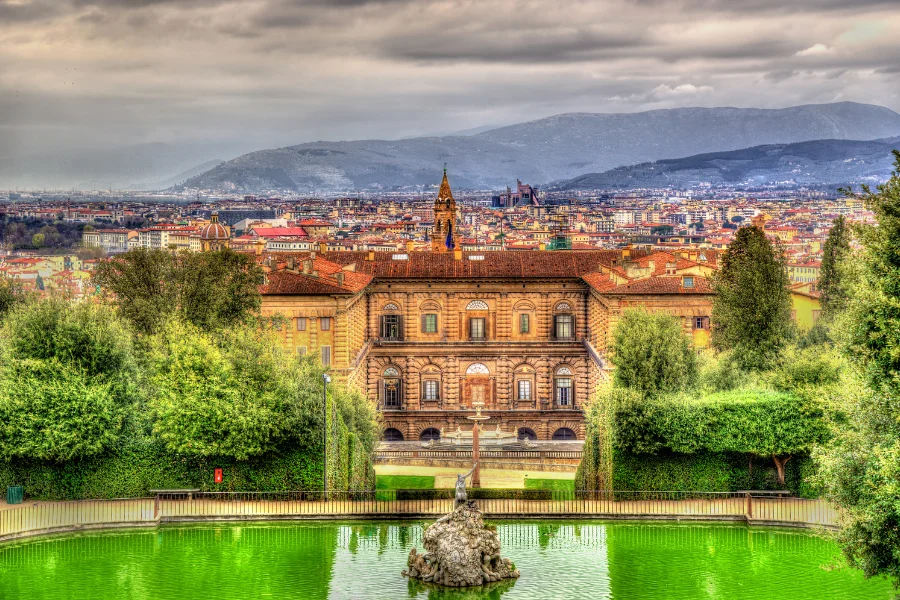
The Medici family is defined in world history as a powerful Italian banking family that became the rulers of Florence and Tuscany.
Their influence extended deeply into art, government, and the economy, making them pivotal figures during the Renaissance.
Patronage of Art, Science, and the Renaissance
The Medici family used their wealth and power from banking to support artists, architects, and scientists.
As rulers of Florence, they financed famous works by Leonardo da Vinci, Michelangelo, and Botticelli.
This patronage turned Florence into a hub of innovation and creativity during the Renaissance.
The Medici encouraged art, architecture, and scholarship, thereby helping spread humanist ideas.
Their support for libraries and scientific research advanced learning across Europe.
The Medici influence on art and science changed Europe’s cultural history forever.
Medici Legacy as Supporters of Artists and Intellectuals
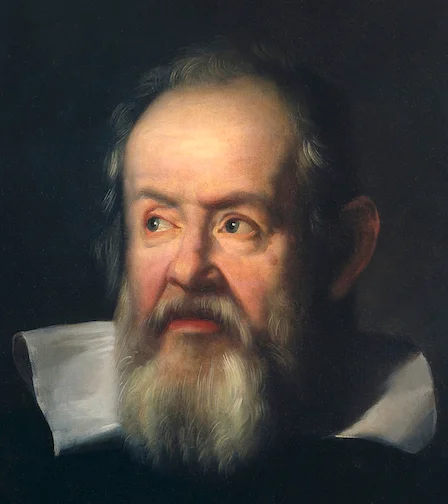
The Medici legacy stands on the achievements of the thinkers and creators they supported.
Their sponsorship enabled painters, sculptors, and writers to push boundaries and create works that profoundly shaped Western civilization.
The family nurtured visual artists and aided scientists like Galileo, offering him protection when his ideas were challenged.
Several Medici popes and princes elevated Florence by building churches and public spaces filled with masterpieces.
This connection between the Medici and creative minds drove much of the progress during the Renaissance.
The Medici family’s definition in world history is closely tied to their role as supporters of innovation and culture.
Medici and Tuscany: Shaping Society, Nobility, and Heritage
From their rise to power in the 15th century, the Medici established themselves as political leaders, transforming Florence from a republic to a duchy under their control.
Their rule lasted for hundreds of years, bringing stability while encouraging the growth of trade and the arts.
The Medici became dukes and married into many of Europe’s royal families, strengthening their influence.
They changed the social structure of Tuscany, raising their court to the level of nobility.
Their legacy, seen in Florence’s architecture and art, continues to define Tuscany’s heritage and society today.
Medici Family Definition World History: Truths, Myths, and Legacy
The Medici family definition in world history highlights the facts and legends surrounding this Italian banking family.
Their influence on Renaissance Italy, politics, art, and culture shaped Florence and Europe for centuries.
Medici Popes, Dukes, Princes, and Their Lasting Impact
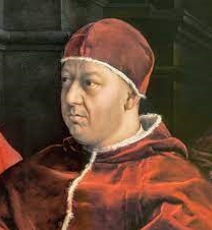
The House of Medici produced leaders who altered the course of Italian and, by extension, European history.
At the height of their power, the family included popes such as Leo X and Clement VII and rulers like Cosimo I, who became the Grand Duke of Tuscany.
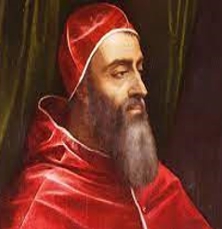
They gained their wealth through the Medici bank, one of Europe’s most powerful financial institutions during the 15th century.
As arts supporters, the Medici family sponsored artists such as Michelangelo, Botticelli, and Leonardo da Vinci. Their support helped trigger the Italian Renaissance and left a significant mark on art, science, and culture.
Their legacy is still evident in the palaces and artworks of Florence and the enduring influence of Renaissance values.
The Fall of the Medici and Their Place in World History
The Medici dynasty’s grip on Florence and Tuscany weakened over time due to internal power struggles, growing opposition, and shifting European political dynamics.
In the 18th century, the family line died out, ending their long rule over Tuscany.
Despite their fall, the Medici legacy in politics, economics, and culture continues to be important in world history.
The family’s rise and decline reflect how merchants could become nobles, shift the economy, and drive European history.
Medici stories encompass intrigue, corruption, and patronage, but many facts are derived from public records and contemporary writers.
Medici Family Tree, Contributions, and Historical Significance
The Medici family tree originated from merchants and bankers in Florence, evolving into a dynasty of rulers, dukes, and popes that shaped Italy’s government and society.
Over nearly 300 years, the family supported scholars and artists, advanced science, and influenced political trends.
Major contributions from the Medici included funding cathedrals, libraries, and universities.
Their policy of cultural patronage fueled advancements in many fields.
The Medici family’s definition in world history is best understood as a blend of myth and recorded achievement, central to the understanding of Renaissance Florence and Tuscany and the broader legacy of Italian banking families.
Frequently Asked Questions
From the 15th to the 18th century, the Medici family played a major role in banking and politics in Florence, Italy.
Their story encompasses significant influence, substantial wealth, notable contributions to art and science, scandals, and controversy.
What is the Medici family short definition?
The Medici family was a wealthy and influential Italian banking family that rose to power in Florence during the Renaissance.
They shaped politics, business, and culture for centuries.
Who were the Medici, and why are they important?
The Medici were a powerful family of bankers and political leaders in Florence.
They supported artists like Michelangelo and Leonardo da Vinci, which helped initiate the Renaissance.
Their legacy is tied to advancements in art, science, and government across Europe.
What was the Medici family’s wealth worth in today’s currency?
Exact numbers are difficult to estimate, but historians agree that the Medici family was among the wealthiest individuals in Renaissance Europe.
Today’s wealth would likely be in the billions, comparable to that of the wealthiest families or companies in the modern world.
What was the dark side of the Medici family?
The Medici were involved in power struggles, conspiracies, and sometimes violence.
They used their influence to control politics, sometimes exiling or harming rivals. There were multiple assassination plots, including the famous Pazzi Conspiracy.
What is the short history of the Medici family?
The family gained power through banking in the 1400s.
They ruled Florence for hundreds of years, except for brief periods of interruption.
The Medici lost control in the 1700s when the last member of the family died without an heir.
Who was the most powerful family in Italy?
During the Renaissance, the Medici family was one of the most powerful families in Italy.
Their control over Florence and connections to banks, politics, and the church made them major players in European history.
Who was the most famous Medici?
Lorenzo de’ Medici, also called Lorenzo the Magnificent, is the most famous family member.
He was known for his political skills, support of the arts, and leadership in Florence.
Cosimo de’ Medici, the family’s founder, is also well known.
What caused the Medici downfall?
Their decline stemmed from poor financial decisions, the lack of strong heirs, and shifting European political tides.
By the 18th century, their political power had waned, and the family line ended with Anna Maria Ludovica’s death in 1743.
Is the Medici a royal family?
The Medici became grand dukes of Tuscany and married into royal families; however, they were not born into royalty.
They rose from merchants and bankers to nobility by gaining titles through power and wealth.
Does the Medici family still exist today?
The main Medici family line ended in the 1700s, and today, no direct descendants hold significant titles or influence.
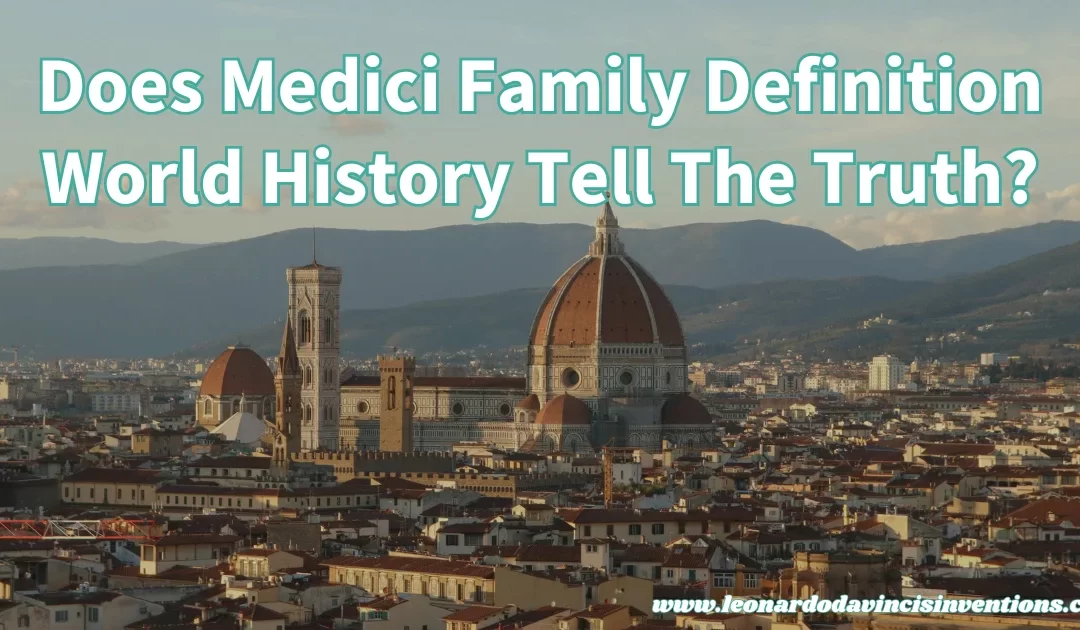
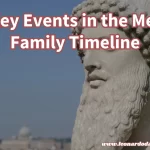
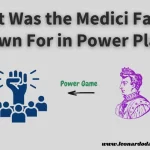

 Leonardo Bianchi,
the creator of Leonardo da Vinci's Inventions.
Thank you for visiting
Leonardo Bianchi,
the creator of Leonardo da Vinci's Inventions.
Thank you for visiting